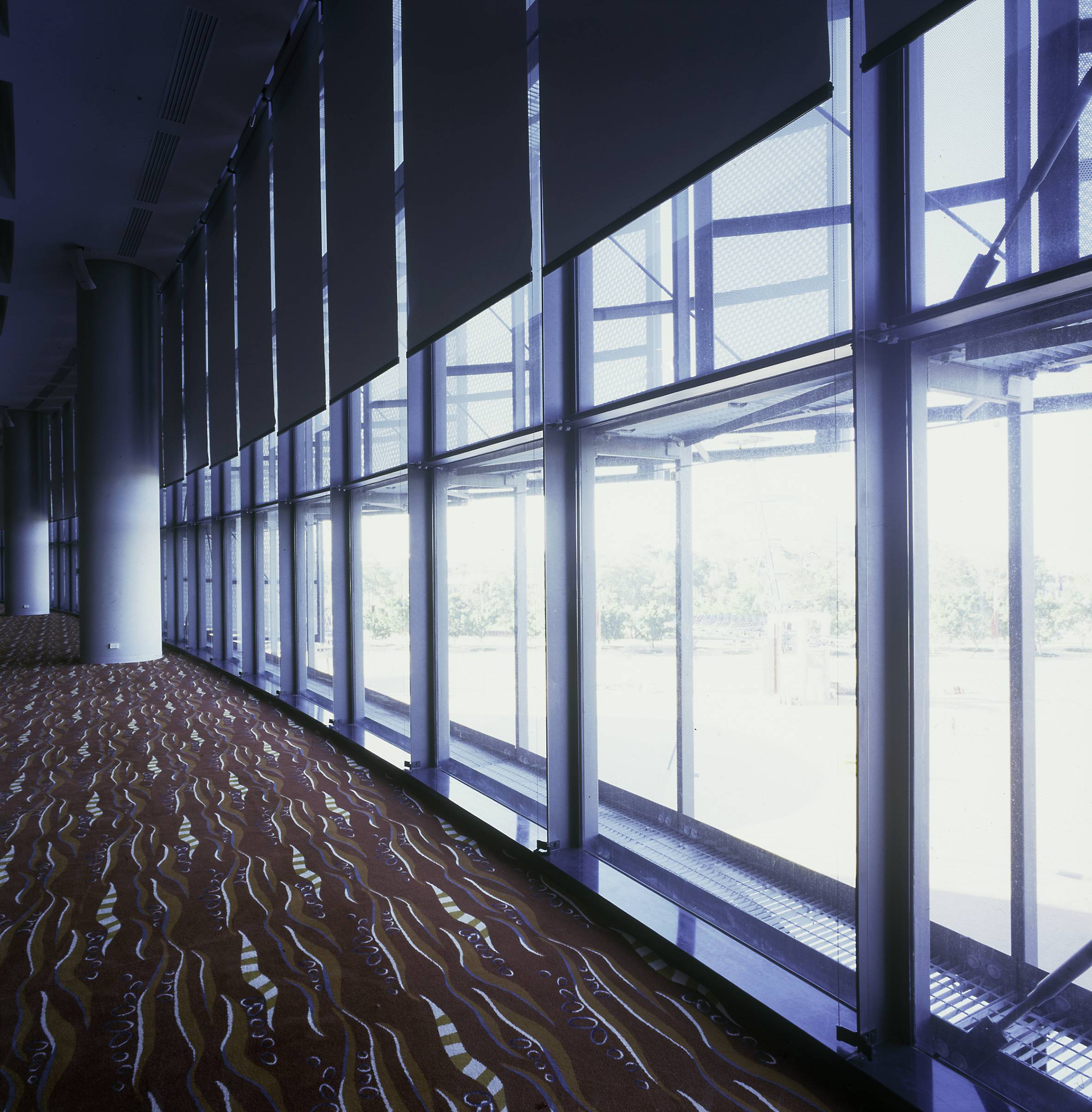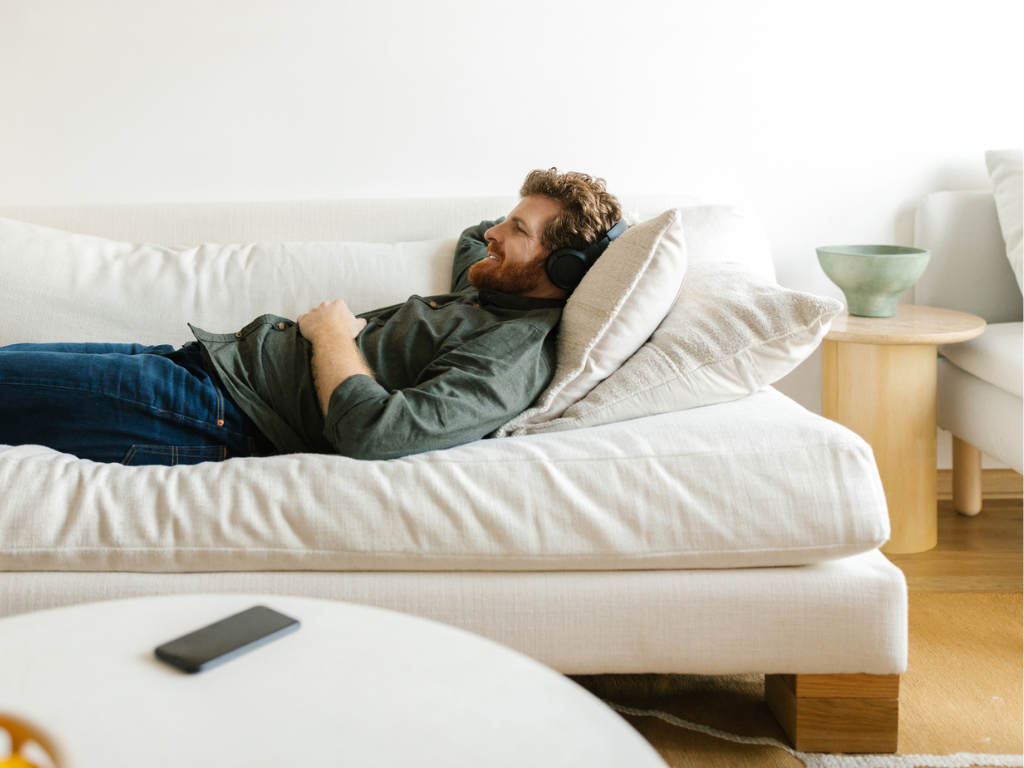Thermal Blinds and Curtains are specialised window treatments designed to provide enhanced insulation and temperature control in commercial spaces. They offer numerous advantages and applications in various types of commercial settings. Let's explore them in more detail:
Applications:
- Office Buildings: Thermal blinds and curtains can be used in office buildings to regulate the indoor temperature and create a comfortable working environment for employees. They help reduce heat gain during hot summer months and minimise heat loss during winter, leading to energy savings and improved thermal comfort.
- Hotels and Hospitality: In hotels, thermal blinds and curtains are valuable for maintaining optimal room temperatures. They help block out excessive sunlight, reduce glare, and provide privacy for guests. By regulating the temperature, they enhance guests' comfort and reduce the reliance on heating and cooling systems.
- Retail Stores: Commercial spaces like retail stores often have large windows that allow significant heat transfer. Thermal blinds and curtains can be used to control solar heat gain, preventing the space from becoming too hot and reducing the load on air conditioning systems. They also protect merchandise and furnishings from fading or damage caused by excessive sunlight exposure.
- Restaurants and Cafes: Thermal blinds and curtains are beneficial in food establishments, as they can contribute to a pleasant dining experience. By blocking external heat, they help maintain a cooler indoor environment during warmer months, reducing the need for excessive air conditioning. Additionally, they provide privacy and reduce noise levels, creating a cosy atmosphere.

Advantages:
- Energy Efficiency: The primary advantage of thermal blinds and curtains is their ability to enhance energy efficiency. By minimising heat transfer through windows, they reduce the reliance on heating and cooling systems, leading to lower energy consumption and cost savings.
- Temperature Regulation: Thermal blinds and curtains help maintain a consistent indoor temperature by preventing heat gain or loss. This contributes to a comfortable environment for employees, customers, or guests, ensuring their satisfaction and well-being.
- Glare Reduction: Excessive sunlight and glare can be problematic in commercial spaces, affecting visibility and causing discomfort. Thermal blinds and curtains with light-blocking properties can effectively reduce glare, providing a more pleasant ambiance for work, shopping, or dining.
UV Protection: Sunlight contains harmful ultraviolet (UV) rays that can fade furnishings, merchandise, and artwork over time. Thermal blinds and curtains often have UV-blocking capabilities, safeguarding the interior and prolonging the lifespan of valuable assets. - Noise Reduction: In commercial settings near busy streets or noisy environments, thermal blinds and curtains can help dampen external sounds. This creates a quieter indoor space, facilitating concentration, communication, or relaxation as required.
- Aesthetics and Design Options: Thermal blinds and curtains come in a wide range of styles, fabrics, and colours, allowing commercial spaces to maintain their desired aesthetic appeal. They can be customised to complement the interior design and contribute to a cohesive overall look.
As leader in temperature regulation, Thermal Blinds and Curtains is able to help create a more sustainable and comfortable working environment through the installation of our made to measure thermal window furnishings.



